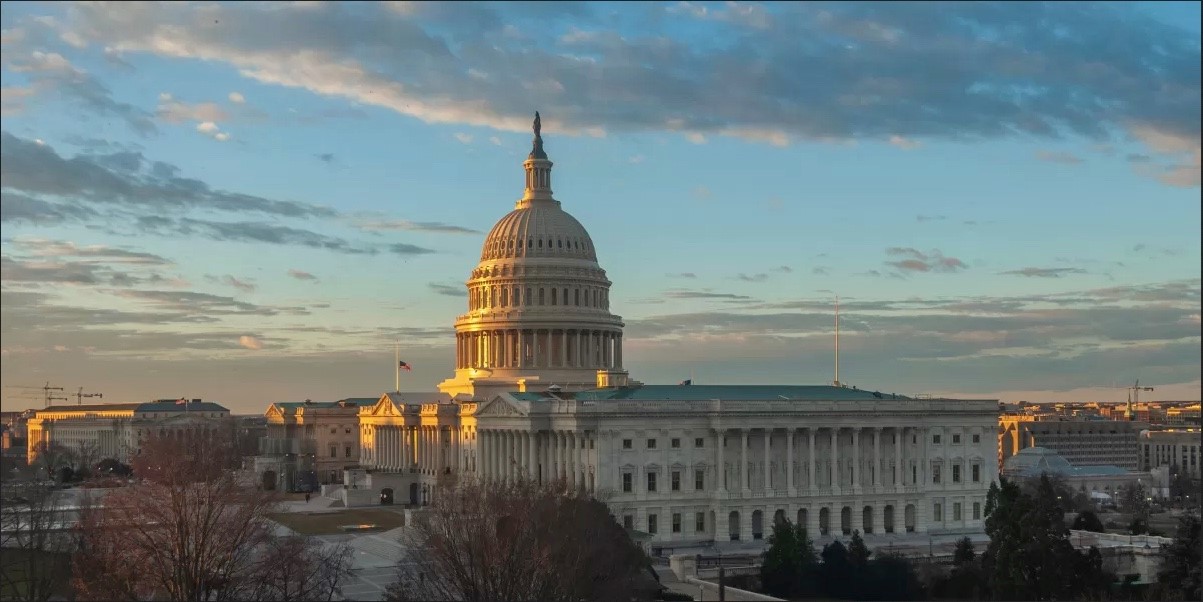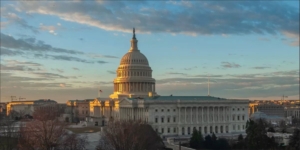Most citizens understood what ‘Congressional earmarks’ were in the past but then new rules were adopted and earmarks were no longer allowed. Now, however, earmarks are back, and it is important to watch them because they signal upcoming projects that will be of high interest to many firms.
Congressional elected officials are now tagging bills with funding allocations for specific projects in their district. The funding amount could be small or extremely large, but whatever amount of funding the earmark allocates will likely be uncontested as the bill is passed.
Earmarks are called Congressionally Directed Spending requests in the Senate, and they are referred to as Community Project Funding requests in the House of Representatives. In either case, the funding is designated for a project in the elected official’s district. The guideline states that the project should promote economic development, education, health care initiatives and/or other worthy community-based efforts. Not every member of Congress does this, but many do.
There was a ban on earmarks beginning in 2011. Then in 2021, earmarks were voted back into practice. The cumulative cost of earmark funding has increased exponentially. In the first year of the earmark’s return (the 2022 budget), earmarks reached a combined total of nearly $10 billion. The following year’s budget included $16.7 billion in earmarks.
Each of the projects funded by earmarks will result in a contracting opportunity for private sector firms. Some examples of upcoming projects that will be supported by earmarks follow.
The city of Owosso will get funding from an earmark for a public safety building in Michigan. The $12.5 million earmark from the House and another $2 million earmark from the Senate will be used to support ongoing efforts to replace the city’s current public safety facility. The building is over 50 years old and completely outdated. Construction work on the proposed building, which would co-locate the city’s police and fire departments, is slated to begin in 2024.
A separate $15 million earmark will offset some of the cost of replacing Gerald R. Ford International Airport’s control tower in Grand Rapids, Mich. The current facility dates from 1963 and its design is limited and outdated. The project carries a cost estimate of approximately $65 million. The current tower will be doubled in height and airport planning officials will also oversee construction of several other facilities. This project is currently in the design stage.
An earmark of $2.8 million will help support development of a new park in San Juan County, N.M. The proposed All Abilities Park will be built on a parcel of publicly owned land and is designed to be the county’s first entirely inclusive, accessible and adaptive playground. The 7-acre park project will cost at least $10 million, and earmark funding will be consolidated with other funding that has already been secured. Upon completion, officials say that the park will be a significant mental and physical health resource for the surrounding region.
In Virginia, a $7 million earmarked funding allocation will launch projects that support roadway enhancements. The state’s Department of Transportation will oversee an effort to create additional lanes along two major transportation corridors. The funding will also support projects that focus on roadway deficiencies, capacity and economic development in the Buchanan County area.
A $4 million earmark for Florida will advance a flood relief project through its ongoing design stage. The funding will add support to a $10 million construction project being designed to add new water pipes and inlets along a busy roadway in Tampa Bay. The effort to relieve persistent flooding along the city’s Manhattan Avenue will connect the new water pipes and inlets to an existing flood relief system. Another component of the project will be to capture stormwater runoff to improve Tampa Bay’s water quality. Construction on the flood relief project could begin as early as 2024.
A $1.7 million earmark for Massachusetts will support the planning phase of the Highland Avenue Streetscape Project. The initiative will reimagine a largely abandoned streetscape in the city of Somerville. A preliminary plan emphasizes priorities that include generating economic development, improving safety and enhancing mobility with accessible sidewalks, curb ramps, pedestrian accommodations, new transit options, new bike facilities and green stormwater features. Project components could also include traffic-calming features, improved crosswalks and rain gardens. Construction is slated to begin in 2024.
Another $1 million earmark is for a project in the city of Chelsea, Mass. It involves removing impediments to tidal flow and preventing pollutants from entering a nearby waterway using green infrastructure. In the process of addressing pollutant discharge, the effort will also deliver a new public space and improve flood resilience around the waterway’s enhanced conservation.
A $3.2 million earmark for Texas will be used to extend transit operations across a region of Fort Worth. The project centers around what was historically considered the main thoroughfare between Fort Worth and Dallas. The federal funding will jumpstart efforts to revitalize the corridor in the southeast section of Fort Worth’s downtown district with significant transit investments, such as a more efficient bus system, new stations and upgraded platforms. The federal earmark will cover costs associated with the project’s design and environmental phases. City officials have already secured approximately $65 million for the project’s $100 million price tag.
Whether taxpayers approve of earmarks being added to the federal budget or not, companies interested in competing to deliver the projects that will be supported should monitor the process to be aware of the upcoming projects.








